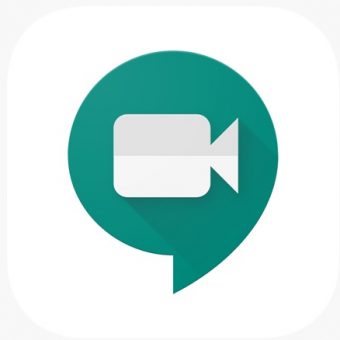When I struggle to follow a discussion, captions and text fill gaps in my hearing. (I wouldn’t hear nearly as well without my reading glasses.) Today, captions are available in a rapidly increasing and wide variety of situations. Above all, everyone with significant hearing loss should know about a service called Communication Access Real-Time translation (CART). CART provides a complete translation of all spoken words and environmental sounds in real-time. It’s an important accessibility tool for your most important discussions. On the other hand, there is Automatic Speech Recognition (ASR). ASR is speech-to-text translation done by a computer. It is widely available on mobile devices as speech-to-text apps. Some are impressively fast and accurate. You will be blown away by Google’s Live Transcribe app. Fortunately, captions are on the rise in mobile devices and video content. Written materials are another important tool to enhance hearing.
Take advantage of the opportunities:
- Automatic speech-to-text apps or CART for live conversations
- Google’s Live Captions on your computer, phone or tablet
- Closed captions for TV
- Captions for landline phone calls, often for free or reduced costs
- Mobile phone apps and built in features to caption calls, messages and other content
- Movie theaters’ special captioning devices, available at the service desk
- Some live theaters’ captions via an app like GalaPro
- YouTube captions for almost all their online video content
- TikTok captions
Written materials are also beneficial:
- use texts and emails as an alternative to voice calls
- at meetings, ask for an agenda and any written materials ahead of time
- use a prayer book/missal to follow the readings and songs at a worship service
- use a pen and paper or small whiteboard as a low tech tool
- ask the person giving a speech or eulogy if you can read a written copy
- use an app like Buzz Cards to convey helpful info for others to read
Read on to learn how to get CART services and use speech-to-text apps. Above all, experience how captions and text fill gaps in hearing to keep you in the loop.















